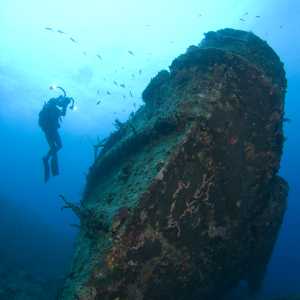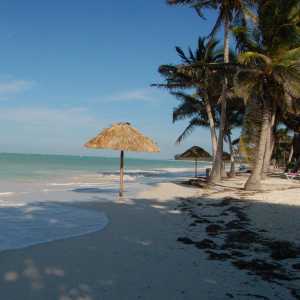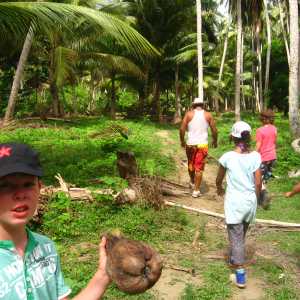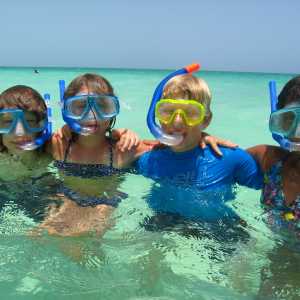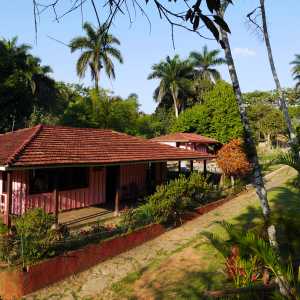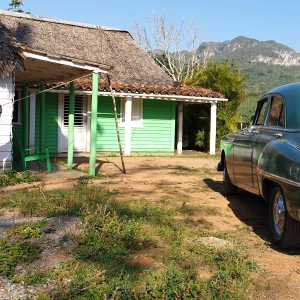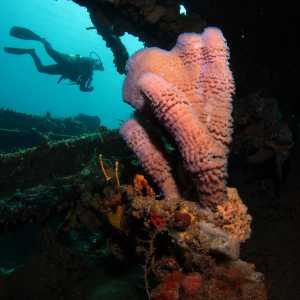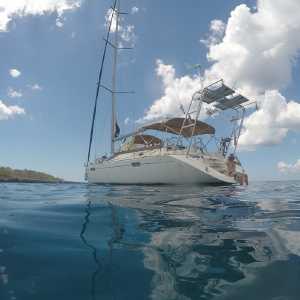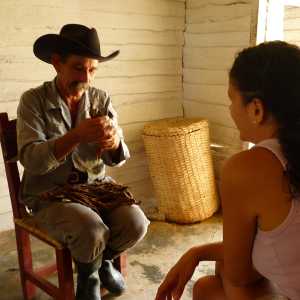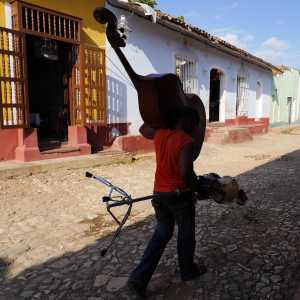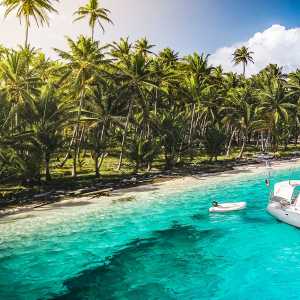Cuba Climate & Weather
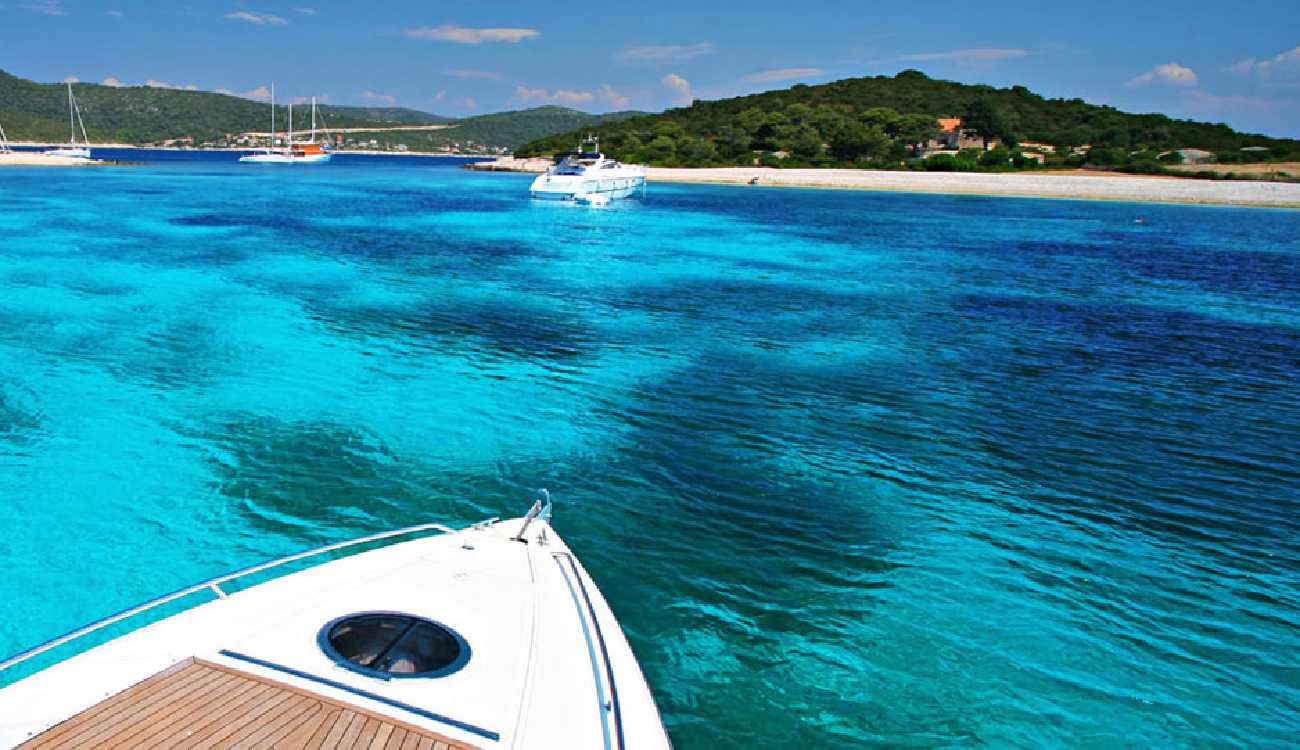
Content
Cuba is an archipelago of islands located in the Caribbean Sea, with the geographic coordinates 21°3N, 80°00W. Cuba is the principal island, which is surrounded by four main groups of islands. These are the Colorados, the Sabana-Camagüey, the Jardines de la Reina and the Canarreos. The main island of Cuba constitutes most of the nation’s land area or 105,006 km and is the seventeenth-largest island in the world by land area. The second largest island in Cuba is the Isla de la Juventud (Isle of Youth) in the southwest, with an area of 3,056 km². Cuba has a total land area of 110,860 km.
The Cuba climate is mild subtropical, thanks to its proximity to the Tropic of Cancer, its narrow configuration, east to west oriented receives the refreshing action of trade winds and marine breezes. During the short winter are influences of cold air masses coming from the North & Atlantic, but they are of short duration (cold fronts of 3 - 5 days max). The average temperature throughout the year oscillates between the 20 and 35ºC, lowering sometimes to 10°C (during the cold fronts). The Eastern region enjoys a warmer weather than the western part of the island, and South eastern Cuba (Santiago de Cuba) has much less rainfall then the North eastern part facing the Atlantic (Baracoa). The variations of temperature between the day and the night are less accentuated in the coastal regions that in inland & mountains. Those that enjoy the beach will be glad to know that the average water temperature surpasses 25°C.
By its geographic situation and the fact that the island of Cuba sits across the access to the Gulf of Mexico the country can be affected statistically between June 1st and 30th November by the cyclone season. Recent hurricane activity shows that they mostly tend to influence the weather on Cuba between September and October only. Tropical storms can affect the island in hurricane form with very strong winds that goes up to 200 – 300 km/h and heavy rains of up to 300 millimeters in a 24-hour period. A serious hurricane does not come every year on land on Cuba by any means. Most of the hurricanes pass north of Cuba towards the Bahamas, but when tropical storms do hit the island at some place it may cause flooding and damage to houses and crops. The cyclone stage falls within the rainy season that starts around half May and may last till end October. The dry season lasts from November till April with the first half of May as a transition time. As climate changes are ocurring in the Caribbean as well it is possible that in the rainy season there is no rainfall for a full week or longer and that in the dry season there is rainfall for several days.
As Cuba is a long island with mountain ranges, there can be considerable local differences in rainfall and climate. Its position within the Caribbean also means that a hurricane can seriously affect one part of the island, while other parts of the island are relatively unaffected and only experience cloudy weather or rain showers.
Weather statistics
The annual mean temperature is 25.5 degrees C, with little variation between January, the coldest month, having an average temperature of 22.5 degrees C, and August, the warmest month, having an average temperature of 27.8 degrees C. In winter, day temperatures may drop to 20°C and there may be a few cold days. Average rainfall is from 860mm in the East to 1730mm in Havana; it falls mostly in the summer and autumn, but there can be torrential rains at any time. Cuba has a rainy season from mid May through October. The mountain areas have an average precipitation of more than 1800mm (70 in); most of the lowland area has from 900 to 1400mm (35–55 in) annually; and the area around Guantánamo Bay has less than 650 mm (26 in). Droughts in Central & the South of Cuba are not uncommon. While Cuba weather is hot all year round, the heat is somewhat tempered with the gentle tradewinds that come from the northeast. The other main component of the weather in Cuba is the humidity, which commonly ranges between 79% in winter to 81% in summer, but can reach up to 95%.
Cuba’s Seasons & Travel Advisory
As in many sub-tropical countries, there are basically two seasons in Cuba - the rainy season, and the dry season. The driest and coolest months - December through to April - tend to be also the busiest in terms of tourist activity with the period from Christmas until 4th January as Cuba´s official top peak season. High season lasts from 22 December till the dates in April after Eastern. May and June are low season months. From the start of July until end of August is high season again and from September till end of October it is low season again.
Most of the country’s rain falls during the months between mid May and October, and short tropical rain showers in the end of the midday can be common. Note however that there can be great variations in rainfall during the wet season, there can be only one or two rainy days from May till June, and from July till August there can be only short rain showers of 1 hour in the afternoon but not every day. There are years it can rain more of course, but usually only short and intense tropical rain showers do occur in the later afternoon.
If you want a slightly less crowded Cuba vacation with low season rates and still wish to avoid the risk of a few rainy days in the wet season, visiting Cuba after Eastern before mid May or from November until Christmas time is a good option to consider.
If you particularly wish to avoid the hot temperature & higher humidity of the wet season, you may want to travel to Cuba in the months of November untill late April.
Always bear in mind, that if you do not wish to take a big risk being caught in a heavy tropical storm, or a hurricane you will have to avoid visiting Cuba from around 20th of August till 20th October based on the statistics, esp. the time window September till mid October show the highest hurricane risk in the Atlantic basin. Many hurricanes so pass Cuba however on the north side without hitting the island.
Preparing for the Cuban Weather
You will need to prepare yourself at home for a Cuban holiday in the sun & nature, because basic items such as sunscreen, insect repellant, and even deodorant are not always easy to obtain in Cuba. Bring along plenty of sunscreen with a high SPF (for both UVA and UVB) - you will definitely need it. In addition to sunscreen, it is also very wise to bring along a supply of any basic medical items you might need after a day in the hot sun.
In terms of clothing, any lightweight clothes are best, including plenty of light clothing to protect your face and eyes from the sun. A wide brimmed hat and some good sunglasses are both essential items to bring with you. Heavy clothing is virtually unneeded, and but it is definitely a good idea to bring light waterproof clothing to ward off the rains. The high humidity that is present for most of the year means it is best to wear natural fabrics, particularly next to the skin.
During November and April are the times when there’s the higher risk of a drop in temperature and the weather being cloudy as it’s the transition from the wet to the dry season or from the dry to the wet season with some cold fronts. The weather also depends on the global effects of El Niño or La Niña when these phenomena do occur. For November and April it’s advisable to bring some warm clothes with you, as you might be surprised by how cold it can be for several days when a cold front does occur. For those who are going on trekking, are sleeping in the countryside or higher up in the mountains, it’s recommended that you have some warm clothes with you as it can get cold at night.
The experience of a cyclone emergency is a moving but non dangerous fact; all the homestays (casas particulares) and hotels have modern structures or are rehabilitated and protected to receive the phenomenon, Besides they have very efficient evacuation programs on Cuba and casualties among the Cuban population or tourists are extremely rare.
We do realize everybody`s wishes for an ideal Cuba holiday, whether you look for traveling over the island with staying in nice homestays, boutique hotels with eventually staying some days in an all inclusive beach resort at the end. With all our Cuba expertise we can for sure help you further with all kinds of tailormade travel solutions traveling by regular bus, private taxi transfers or rental car.
For accurate information about Hurricane risk for your holiday on Cuba, please Contact us.
For an overview of the Cuban temperature & weather graphics and more accurate information about Hurricane risk for your holiday on Cuba, please Contact us.




